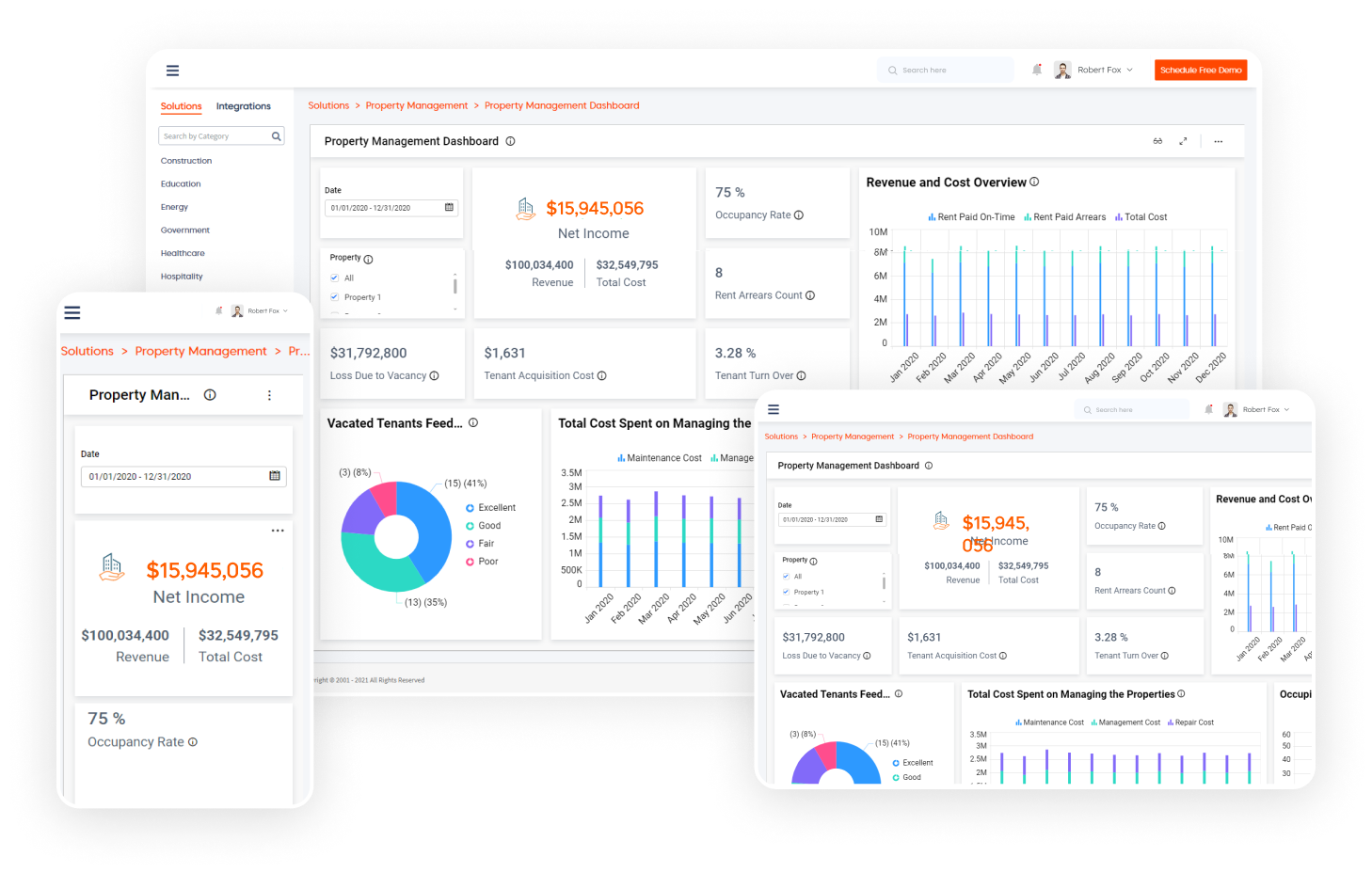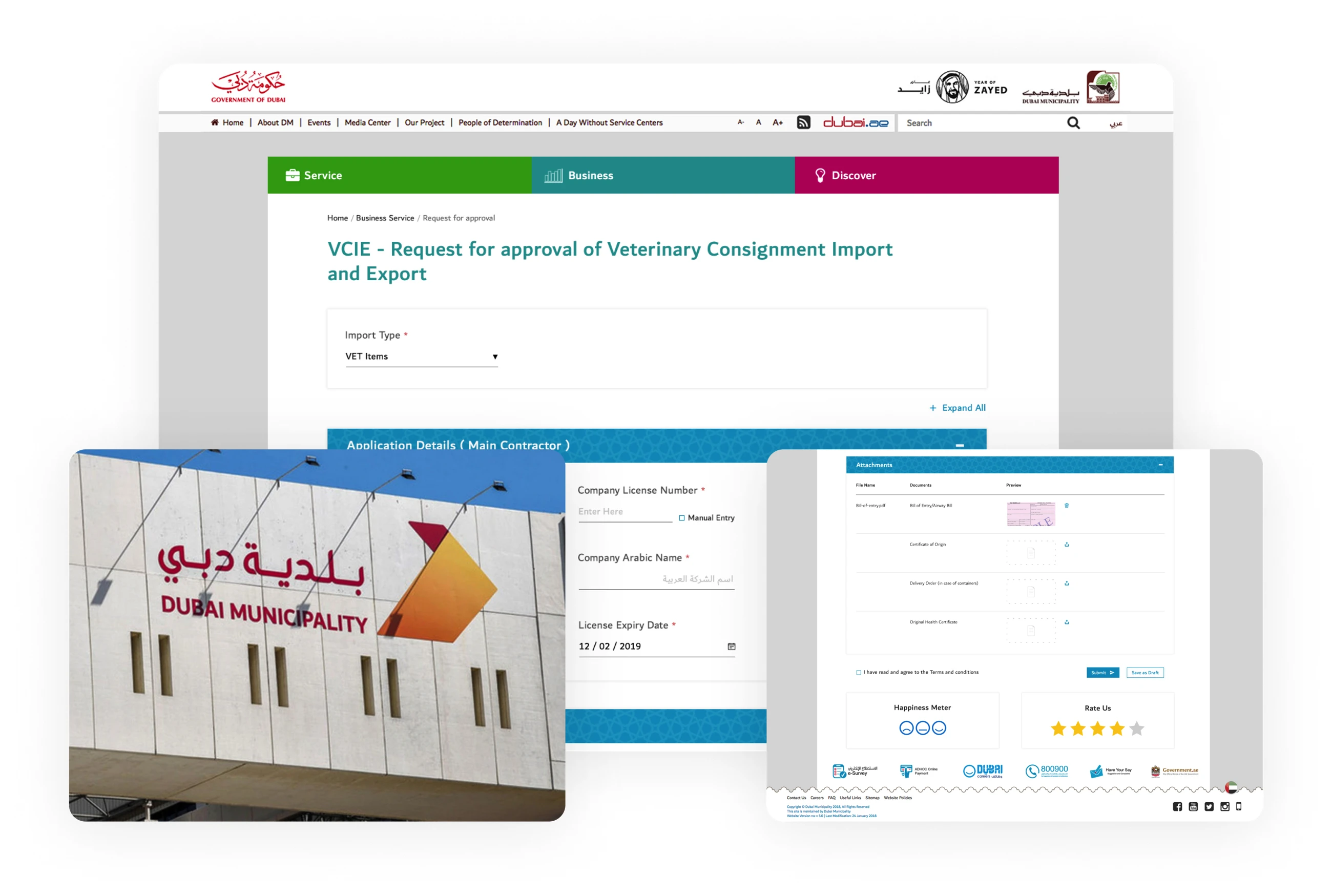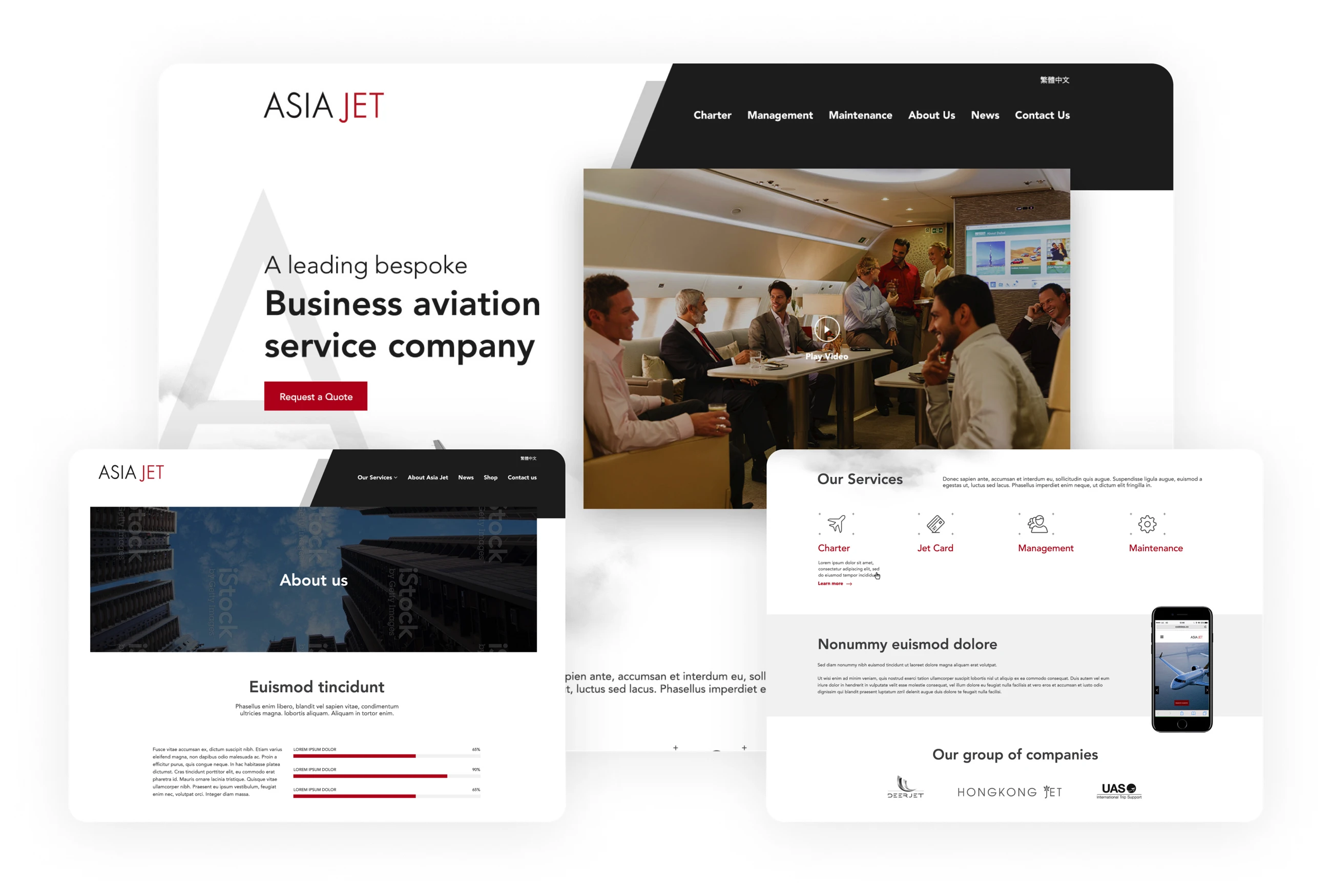Tenant Management System Real Estate
A tenant management system is a software that helps real estate professionals to manage and serve their tenants, including rental property owners, landlords, and property managers. It provides tools for managing and automating various tasks and processes, such as communication, payment, and maintenance, as well as for storing and organizing tenant data and documents.
By streamlining and optimizing the tenant management process, a tenant management system helps real estate professionals to reduce workload, improve efficiency, and increase customer satisfaction.







